Can Sports Stadiums Save Dying City Centers? A Look At Urban Revitalization
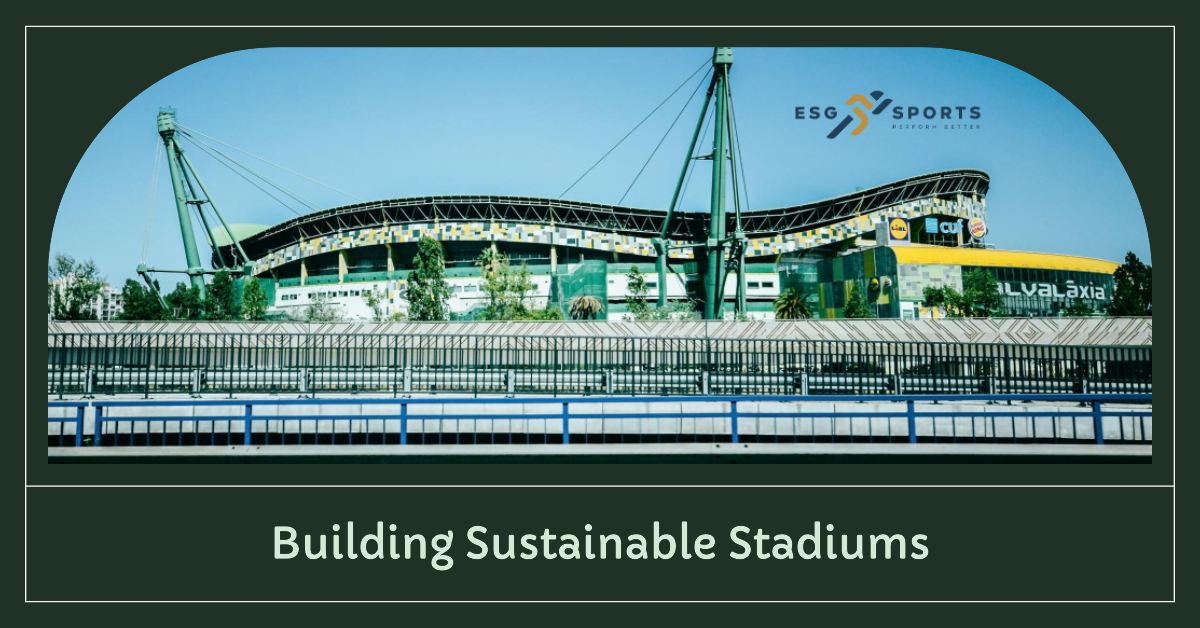
Table of Contents
The Economic Impact of Sports Stadiums on Urban Areas
The economic effects of building and operating sports stadiums on urban areas are multifaceted and often hotly debated. While proponents highlight job creation and revenue generation, critics point to the potential for misallocation of public funds and unsustainable development.
Job Creation and Revenue Generation
Sports stadiums undeniably generate jobs, both directly and indirectly. The construction phase alone creates numerous jobs in construction, engineering, and related fields. Once operational, the stadium requires a substantial workforce for security, maintenance, ticketing, food and beverage services, and event management. Furthermore, the increased tourism and spending in surrounding businesses contribute significantly to economic activity.
- Construction jobs: Thousands of jobs are created during the construction phase, stimulating the local economy.
- Event-related jobs: From security personnel and ushers to vendors and hospitality staff, stadiums create a considerable number of permanent and temporary positions.
- Increased tourism and spending: Major sporting events attract visitors from outside the city, boosting hotel occupancy, restaurant revenue, and overall tourism spending. This multiplier effect benefits the entire city.
Increased Property Values and Investment
The presence of a sports stadium often leads to increased property values in the surrounding areas. This increased demand can attract further investment in infrastructure and development projects, transforming previously neglected neighborhoods. However, this can also lead to negative consequences.
- Increased demand for housing and commercial spaces: The influx of people and businesses can drive up property values, making the area more attractive for investment.
- Potential for gentrification and displacement: Rising property prices can force long-term residents out, leading to the displacement of lower-income communities and a loss of cultural diversity. This is a significant concern that must be carefully managed.
- Improved infrastructure (roads, public transport): To accommodate increased traffic and pedestrian flow, cities often invest in upgrading infrastructure around stadiums.
The Case for Public Funding and its Challenges
Public funding for sports stadiums is a contentious issue. While proponents argue that the economic benefits outweigh the costs, critics highlight the opportunity costs—the potential benefits forgone by investing public funds in other essential services like education or healthcare.
- Taxpayer burden: The financial burden of public funding falls on taxpayers, who may question whether the benefits justify the expense.
- Potential for corruption: Large-scale public projects, including stadium construction, are vulnerable to corruption and mismanagement.
- Alternative uses for public funding: Public funds could be used to address more pressing societal needs such as improving schools, hospitals, or public transportation.
Social and Cultural Impacts of Stadiums on City Centers
Beyond economic considerations, sports stadiums can have a significant social and cultural impact on city centers. They can revitalize neighborhoods, foster community identity, and create vibrant public spaces. However, potential negative consequences, such as gentrification and displacement, cannot be overlooked.
Community Gathering Spaces and Events
Sports stadiums are not just for sporting events. They often serve as community hubs, hosting concerts, festivals, and other public gatherings, fostering a sense of civic pride and community identity.
- Concerts, festivals, community gatherings: These events draw people together, creating a vibrant social atmosphere and generating revenue for local businesses.
- Public spaces surrounding the stadium: Well-designed public spaces surrounding the stadium can become community gathering points, encouraging social interaction and enhancing the quality of life for residents.
Revitalization of Surrounding Neighborhoods
A well-planned stadium project can act as a catalyst for wider regeneration in previously neglected areas. Increased foot traffic, improved public safety, and new businesses can transform the surrounding neighborhoods. However, this is not guaranteed and often depends on careful urban planning.
- Improved public safety: Increased foot traffic and police presence can contribute to enhanced public safety in the surrounding area.
- Increased foot traffic: The stadium draws in people, boosting local businesses and creating a more vibrant atmosphere.
- New businesses and developments: The increased economic activity and demand can attract new businesses and developments, leading to further growth and regeneration. However, this must be managed to prevent negative consequences like noise and traffic.
Potential for Gentrification and Displacement
The increased property values and demand around stadiums can lead to gentrification and displacement of long-term residents, particularly those with lower incomes. This is a crucial concern that must be addressed through equitable development strategies.
- Rising property prices and rents: Increased demand pushes up prices, making it difficult for long-term residents to afford to stay.
- Displacement of low-income communities: Gentrification can lead to the displacement of lower-income families and businesses, altering the character of the neighborhood.
- Equitable development strategies: Careful planning and community engagement are essential to mitigate the negative impacts of gentrification and ensure equitable development that benefits all residents.
Case Studies: Successful and Unsuccessful Stadium-Led Urban Revitalization Projects
Examining specific examples of stadium-led urban revitalization provides valuable insights into the factors that contribute to success or failure.
Examples of Successful Revitalization
The redevelopment of the area surrounding Camden Yards in Baltimore, Maryland, serves as a prime example of successful stadium-led revitalization. The stadium's construction sparked significant investment in the surrounding area, leading to the development of new businesses, residential units, and public spaces. Similarly, the construction of the Olympic Stadium in Barcelona, Spain, played a significant role in the revitalization of the city's waterfront.
- Specific examples of positive impacts: Increased property values, job creation, enhanced tourism, improved infrastructure.
- Strategies employed: Careful planning, community engagement, mixed-use development, investment in public transport.
- Factors contributing to success: Strong public-private partnerships, comprehensive planning, alignment with broader city development goals.
Examples of Unsuccessful Revitalization
Conversely, many stadium projects have failed to deliver on their promised economic benefits and urban revitalization. The construction of several stadiums in the United States, for instance, has resulted in increased debt for cities, minimal economic impact, and little to no positive impact on surrounding neighborhoods.
- Specific examples of failures: Lack of planning, poor location choices, insufficient investment in related infrastructure, failure to engage with the local community.
- Reasons behind the failure: Poor planning, lack of integration with broader city development goals, overreliance on public funding without adequate cost-benefit analysis.
- Lessons learned: The importance of careful planning, community engagement, and realistic assessment of economic benefits.
Conclusion: Can Sports Stadiums Be a Catalyst for Urban Revitalization?
The impact of sports stadiums on urban revitalization is a nuanced and complex issue. While they can stimulate economic activity, create jobs, and enhance community life, they can also lead to gentrification, displacement, and unsustainable development if not carefully planned and implemented. The success hinges on a multitude of factors including strategic location, comprehensive urban planning, strong public-private partnerships, and a genuine commitment to equitable community engagement. Simply building a stadium is not enough; a holistic, community-centered approach that considers the broader economic, social, and environmental consequences is crucial.
We encourage you to further explore the topic of sports stadiums and urban revitalization by researching specific case studies, examining policy implications, and investigating innovative approaches to ensure that such projects contribute positively to the well-being of cities and their communities. Careful consideration of the social, economic and environmental factors surrounding sports stadium development is essential to achieve true urban revitalization.

Featured Posts
-
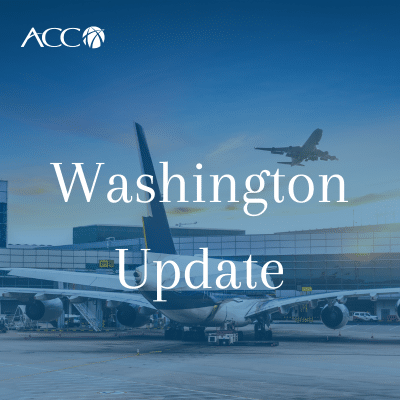 Newark Airport Faces Further Technology Problems Faa Update
May 11, 2025
Newark Airport Faces Further Technology Problems Faa Update
May 11, 2025 -
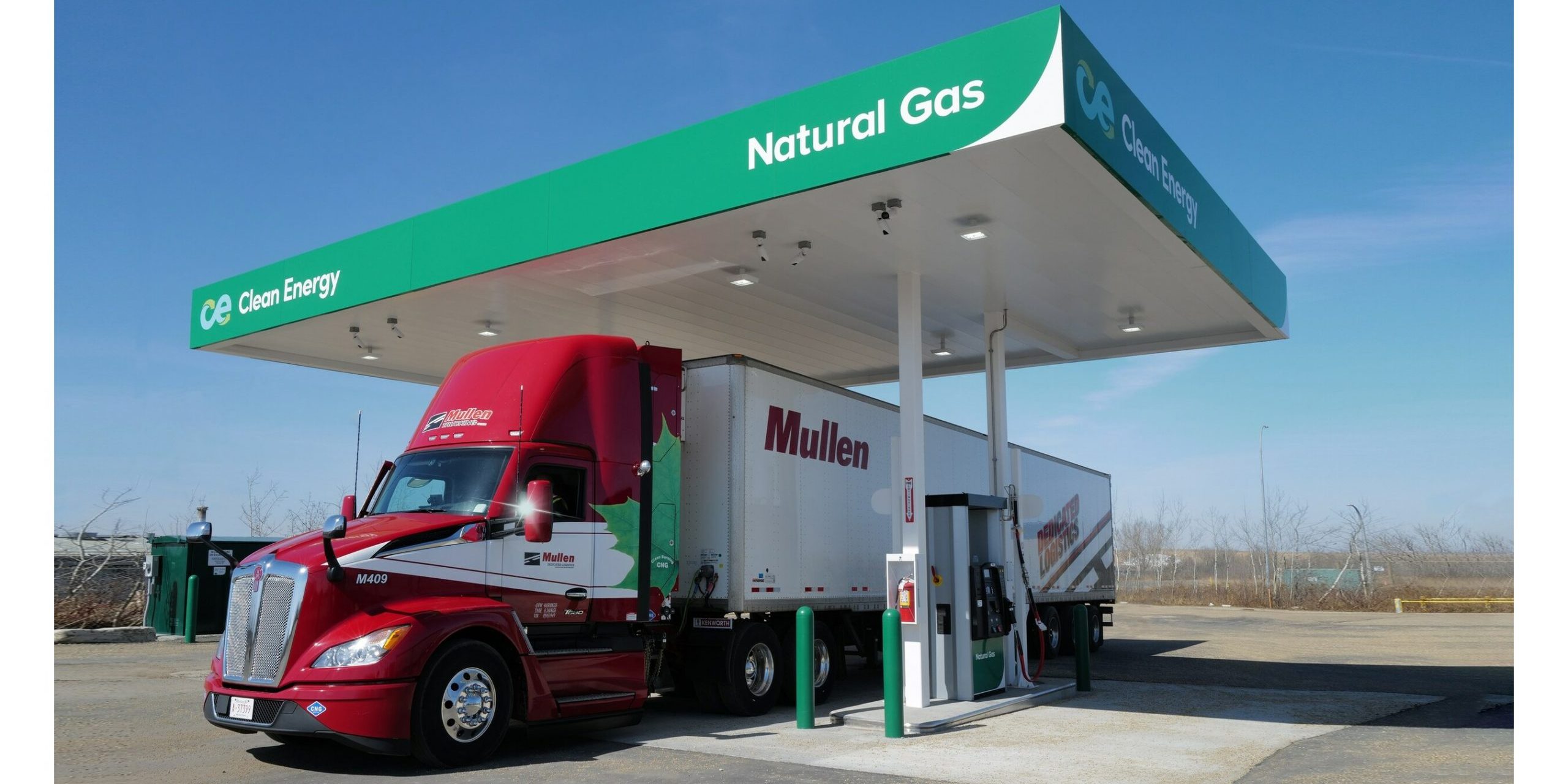 Canadas Top Natural Gas Producer A Growing Force In The Energy Sector
May 11, 2025
Canadas Top Natural Gas Producer A Growing Force In The Energy Sector
May 11, 2025 -
 Rare Porsche 911 Gt 3 Rs 4 0 Performance Graham Rahals Showcase
May 11, 2025
Rare Porsche 911 Gt 3 Rs 4 0 Performance Graham Rahals Showcase
May 11, 2025 -
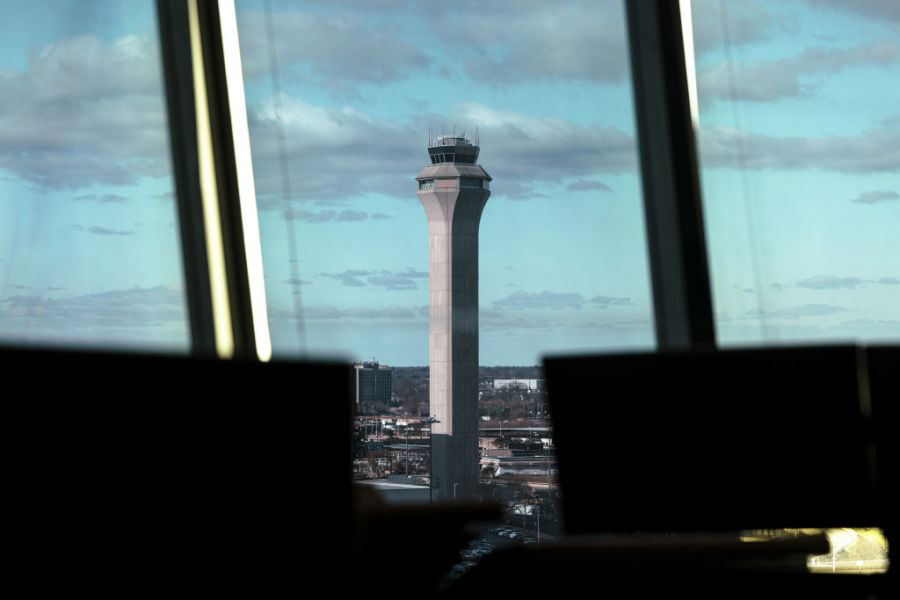 Newark Airport Tech Outage Faa Confirms Disruption
May 11, 2025
Newark Airport Tech Outage Faa Confirms Disruption
May 11, 2025 -
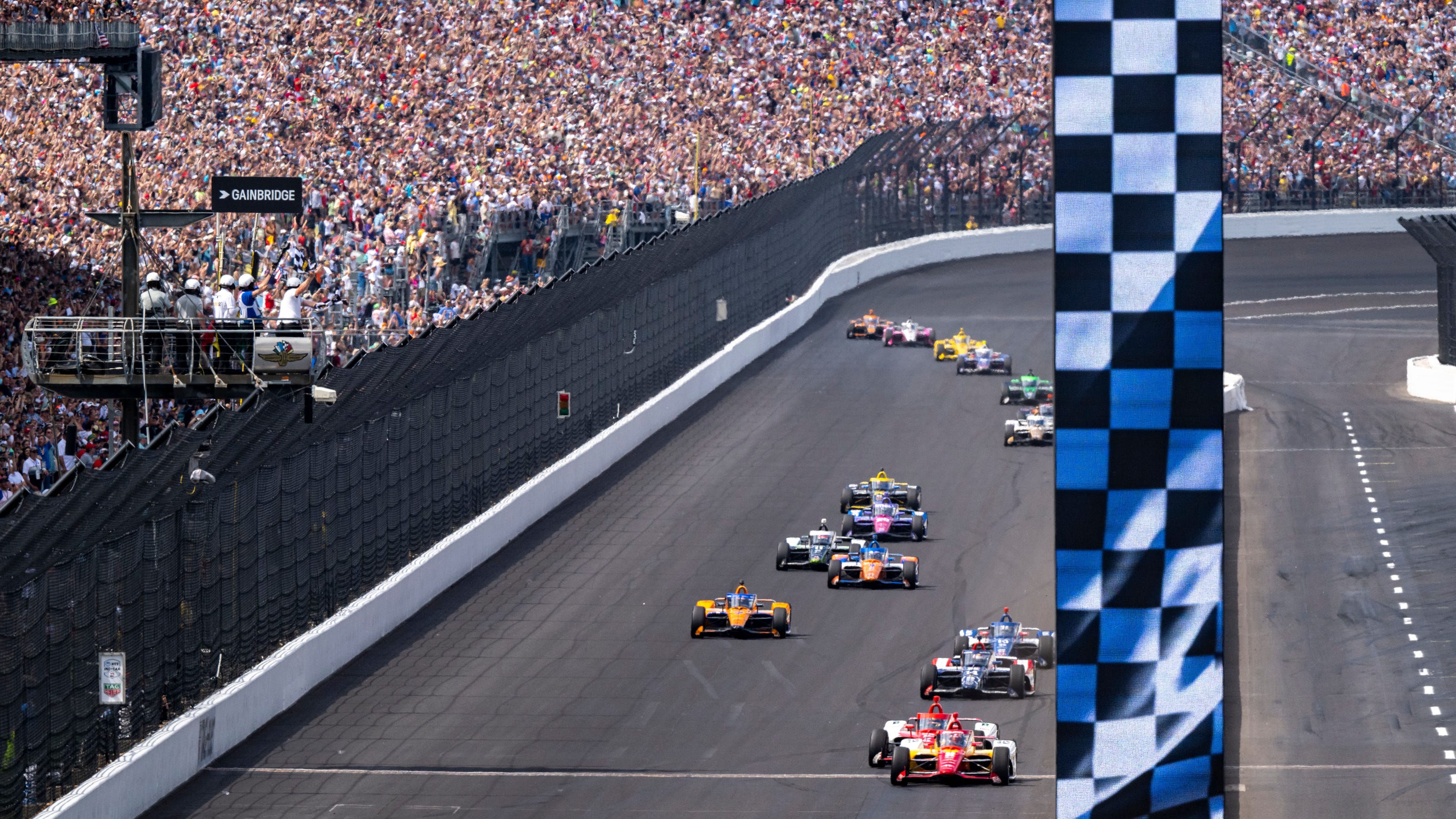 Latest Indy 500 Changes Pose Significant Risk To Drivers In 2025
May 11, 2025
Latest Indy 500 Changes Pose Significant Risk To Drivers In 2025
May 11, 2025
Latest Posts
-
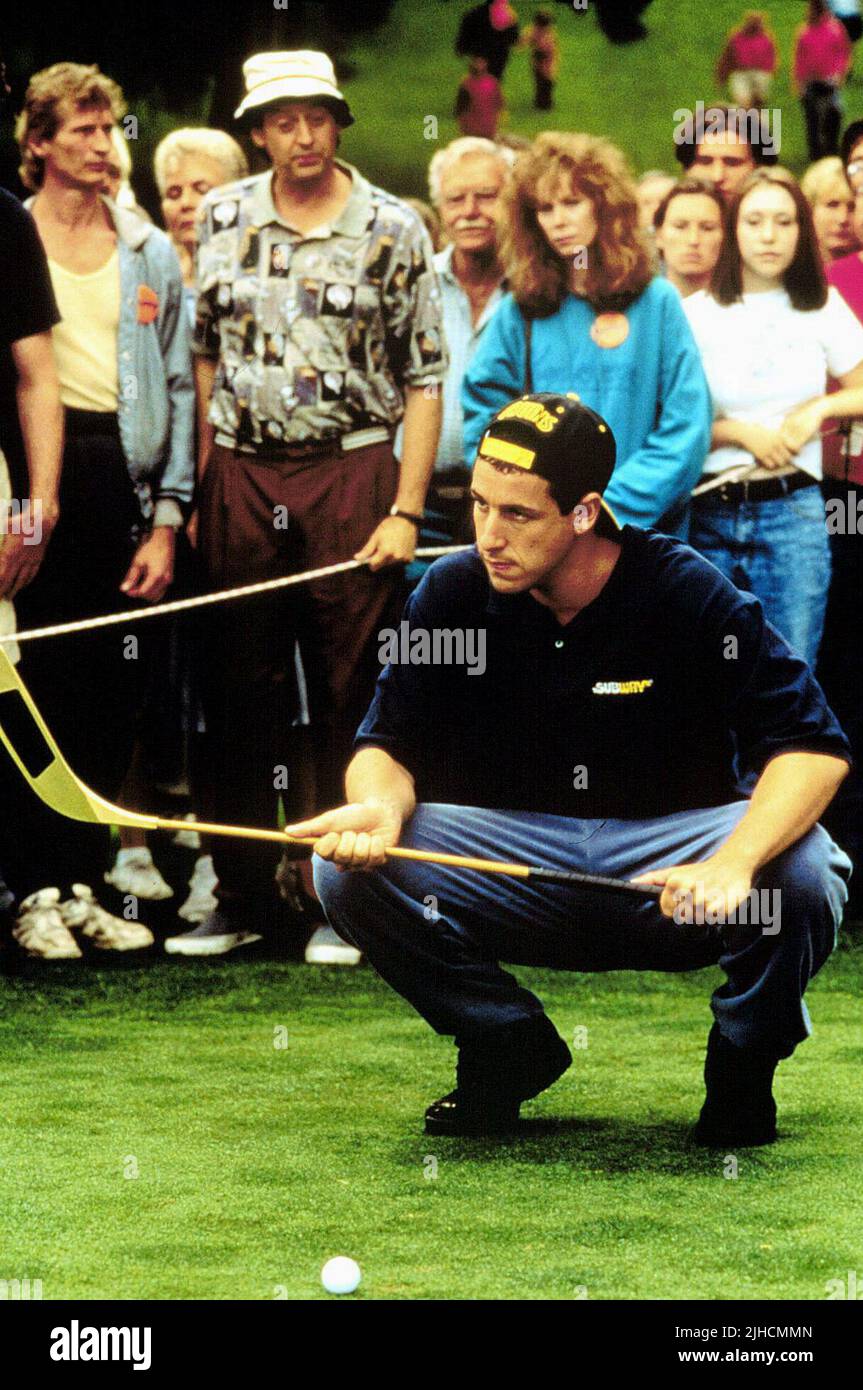 Rare Conor Mc Gregor And Adam Sandler Photo Surfaces Happy Gilmore Connection
May 11, 2025
Rare Conor Mc Gregor And Adam Sandler Photo Surfaces Happy Gilmore Connection
May 11, 2025 -
 Depicting Asian And Asian American Experiences The Need For Authentic Representation
May 11, 2025
Depicting Asian And Asian American Experiences The Need For Authentic Representation
May 11, 2025 -
 Indy Car 2024 Palou Takes St Pete Win De Francescos Comeback
May 11, 2025
Indy Car 2024 Palou Takes St Pete Win De Francescos Comeback
May 11, 2025 -
 Full Indy 500 Field Set At 34 With Satos Entry
May 11, 2025
Full Indy 500 Field Set At 34 With Satos Entry
May 11, 2025 -
 Herta Targets Improved Performance At Barber Paddock Buzz
May 11, 2025
Herta Targets Improved Performance At Barber Paddock Buzz
May 11, 2025
